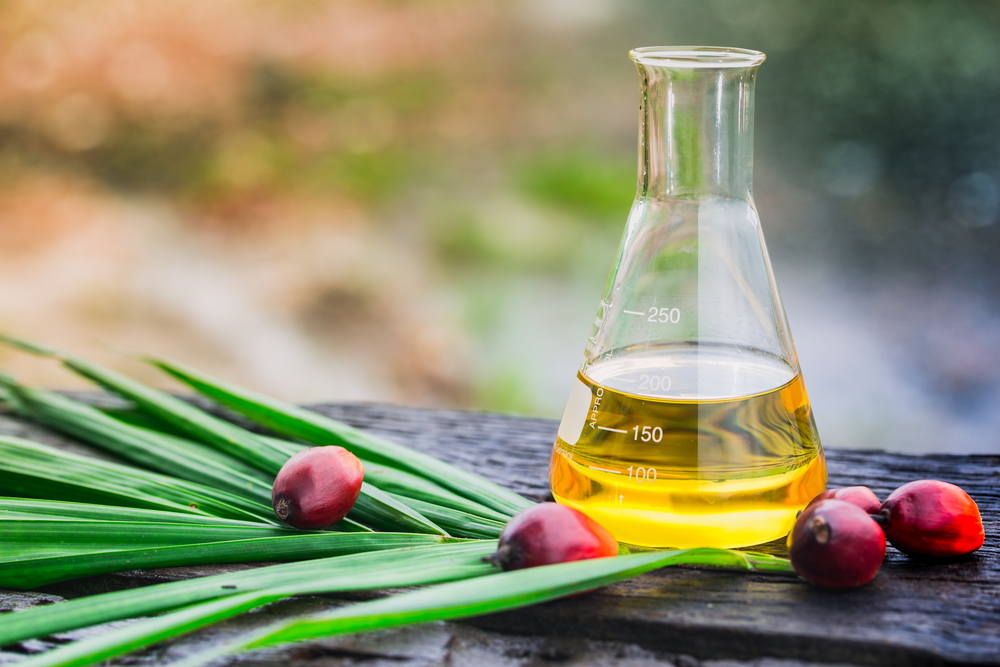Nov 11 2020
One of the critical environmental concerns of the 21st century is plastic pollution. The same is applicable for the palm oil industry, which causes extensive deforestation and destruction of habitat.

Image Credit: nirapai boonpheng/Shutterstock.com
A new study published in the Current Research in Green and Sustainable Chemistry journal could offer a solution to both problems in the form of a biodegradable plastic film developed from palm oil production waste.
Non-biodegradable single-use plastics, such as food wrappers and plastic bags, account for 40% of the plastic produced annually.
Hemicellulose is a naturally occurring biopolymer obtained from renewable materials such as polysaccharides and protein. It shows a huge potential for replacing non-biodegradable petroleum based polymers due to low cost and biodegradability.
Study Researchers, Universiti Sains Malaysia
Besides plastic waste, 19.8 million tons of waste palm oil fruit bunches are disposed of annually in Malaysia alone. Intending to minimize the environmental effect of such waste, the team has transformed hemicellulose extracted from waste palm oil fruit bunches into biodegradable films for green packaging.
Agricultural and biomass waste contains generous amounts of hemicellulose. It is a potential biopolymer used for film manufacturing applications due to its flexibility, high resistance to water, and low gas permeability.
Moreover, fruit bunches disposed of by the palm oil sector contain hemicellulose as a significant component. Once hemicellulose was extracted from the bunches, the team confirmed that “[Palm oil fruit bunches] can be identified as a potential raw material with a huge yield in the production of green packaging.”
Despite its several unique properties, which make it a possible viable alternative to other biopolymers, a few properties—for example, its brittle nature—restrict its potential applications. Therefore, the team decided to mix it with carboxymethyl cellulose (CMC), a non-poisonous biopolymer readily available in the market.
CMC has well-known positive impacts on the flexibility, mechanical properties, transparency, and moisture absorption of other biopolymers.
The researchers combined different amounts of hemicellulose extracted from the palm oil fruit rusks with CMC. Then, this was developed into biopolymer films of different thicknesses (all less than one-tenth of 1 mm).
A wider analysis of the physical and chemical properties of the films showed that those comprising 60% hemicellulose exhibited ideal properties for making biodegradable packaging materials.
This new hemicellulose-mixed material can help make an inexpensive and plentiful biodegradable polymer. It is a potential alternative to polluting non-biodegradable plastics.
The synthesis of biopolymers using palm industry waste may not avoid further industry-related deforestation. However, the use of this by-product adds to the value of the crop.
Consequently, environmental impacts can be minimised significantly.
Study Researchers, Universiti Sains Malaysia
Moreover, they believe that combining additives to make the hemicellulose-based films photocatalytically or electronically active will enhance their potential future applications.
Journal Reference:
Weerasooriya, P. R. D., et al. (2020) Exploring the properties of hemicellulose based carboxymethyl cellulose film as a potential green packaging. Current Research in Green and Sustainable Chemistry. doi.org/10.1016/j.crgsc.2020.05.001.